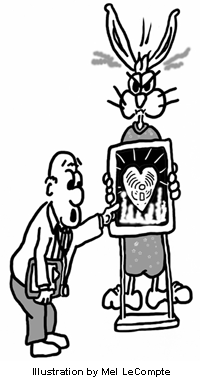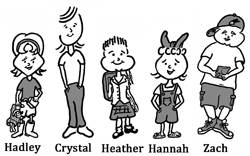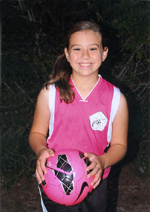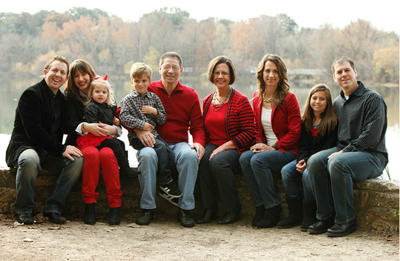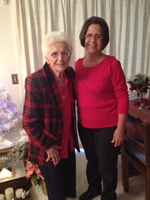
“If I had been a better kid, my parents wouldn’t have divorced.” “If I had prayed more for my dad, he wouldn’t have died.”
Believe it or not, these are some of the feelings children sometimes have when he/she has experienced a loss, particularly in times of death and divorce. They can become consumed with deep feelings of guilt and feel that what has happened must have been their fault.
My heart aches for these children because, you see, up until a few short years ago, I was literally plagued with guilty feelings, which I discovered originated in my childhood. Believe me, it will literally suck the life out of you.
One day, I came across a book entitled Happiness is a Choice by Frank Minirth and Paul Meir. Their explanation of the difference between what they referred to as True Guilt and False Guilt set me free from years of torturing myself with guilty feelings. That is one of the reasons, I passionately want children to be relieved of that torture, and not let it take root and follow them into their adult life.
This is the way Minirth and Meir explained the difference between True and False Guilt:
TRUE GUILT: True guilt is wrong behavior, which comes from the conscience when having done something wrong.
- How can we help a child who is experiencing true guilt from having done something wrong? The truth of the matter is, it can be a good thing, because it is a time to look at behavior that needs to be changed such as punching, fighting, or hurting others. Take this opportunity to encourage the child to ask Jesus to forgive him of wrong behavior, apologize to the person he hurt, and show him ways to make a turn-around in his behavior. At that point, make sure that he understands that since he has asked forgiveness and made changes in his behavior that he should no longer hold onto the feeling of guilt.
FALSE GUILT: False guilt is when nothing has been done to cause a particular thing to happen, such as a parent’s divorce or the death of a family member.
- Try this simple exercise with the child to help him see the difference. Have the child make a list of all the things that are causing him to have guilty feelings. Go through the list with him, pointing out the ones which are true, such as wrong behavior. Then carefully point out the ones that are false. Have him throw the false guilt list in the garbage can as a way of showing him that it is of no good. Get rid of it.
**********
Join Hannah and me next week when we will continue this series on Understanding Feelings.









